|
Dragonflies are among the largest flying insects in the world, there are almost 6,000 different species and they have been around for over 300 million years. They are characterised by their large multifaceted eyes, two pairs of strong wings and elongated bodies; they are mostly associated with areas of water. The dragonfly’s agile flight and its ability to move in all six directions exude a sense of power and poise and makes it unique. Dragonflies can move at an amazing 70kph, hover like a helicopter, fly backwards like a hummingbird and fly straight up, down and from side to side. What is mind blowing is the fact that it can do this while beating its wings a mere 30 times a minute whereas mosquitoes and houseflies need to beat theirs 600 and 1000 times respectively, an amazing 20 times more power in each wing stroke when compared to the other insects. The awe inspiring dragonfly accomplishes its objectives with utmost simplicity, effectiveness and does it with an elegance and grace, comparable to a professional ballet dancer. Dragonflies are, however, brutally effective killers, four times more likely to catch its prey than big cats, managing to capture their target insect, in midair, more than 95% of the time, which research suggests makes them the most effective hunters in the animal kingdom Such precision is made possible in part by the dragonfly's capacity for selective attention; that can pick a single target out of a swarm then keeping its prey in sight at all times with its large eyes that stay locked on until the end. That the dragonfly is pretty much hardwired to be a killer also helps. Dragonflies eat small insects such as flies, bees, ants and wasps togther with mosquitoes and the occasional butterfly, which they hunt around marshes, lakes, ponds, streams and wetlands. The reason the dragonfly is so effective as a hunter is that when targeting its prey it can predict how the prey will move before flying to catch it. This deadly hunter can track a moving target, calculate an intercept trajectory and subtly adjust its path if neccesary. The dragonfly's body and head move independently, the head locking onto the target while its body manoeuvres into the best position for capture Scientists fitted insects with tiny reflective markers and used motion-capture technology to record and analyse the tiny movements of both hunter and hunted. The footage demonstrated that dragonfly manoeuvres are generated by these predictions of prey movement combined with visual reactions. This allows the dragonfly to estimate the position and movement of a fly and determine the wing and head movements required to catch it. It doesn't fly to where the prey IS, it flies to where it is GOING TO BE..... Its huge eyes provide an almost spherical view of the world while the insect perches on a leaf waiting for prey to fly overhead. When the time is right, it shoots off in pursuit, avoiding detection by approaching from below and aligning its body to the prey’s direction of motion. It steers itself quickly to be in position, relying on both prediction and reaction before scooping up its victims with its hairy legs in a fraction of a second. Dragonflies can have a lifespan of several years, most of which is spent underwater at a larval stage. The adult stage, when the dragonfly takes wing, is much shorter, it can be as little as six or eight weeks or at most, six to seven months. I would encourage everyone to spend a day watching dragonflies, amazing fliers, voracious hunters.
1 Comment
|
WildEdges
A haven of quiet countryside highlighting issues affecting the natural world. Categories
All
|
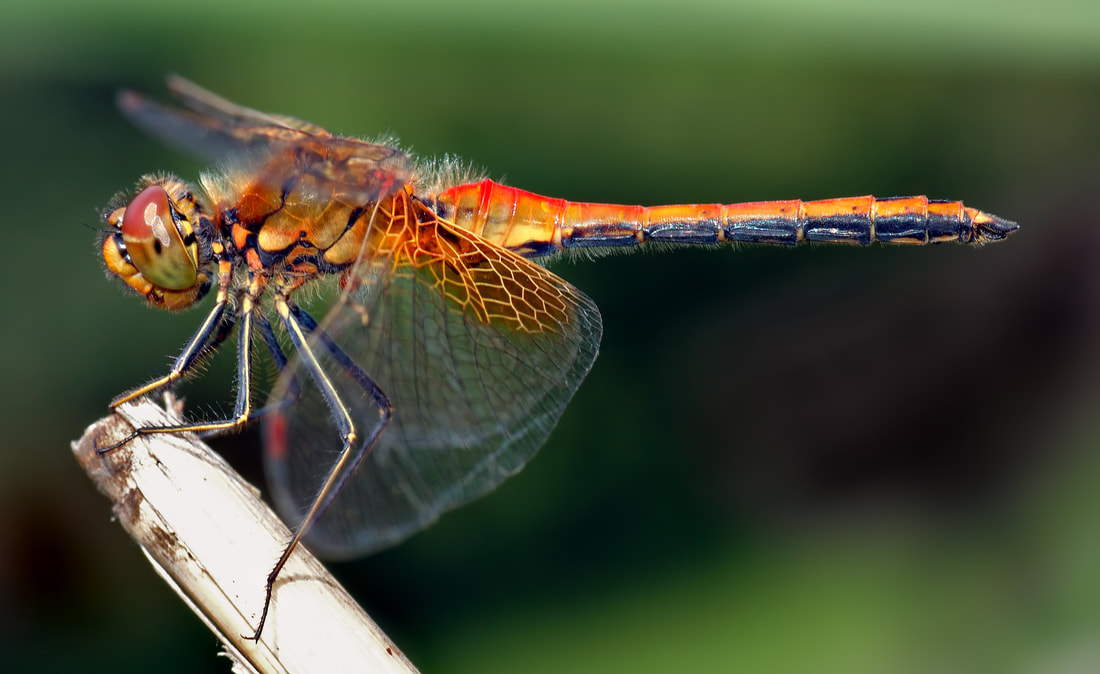
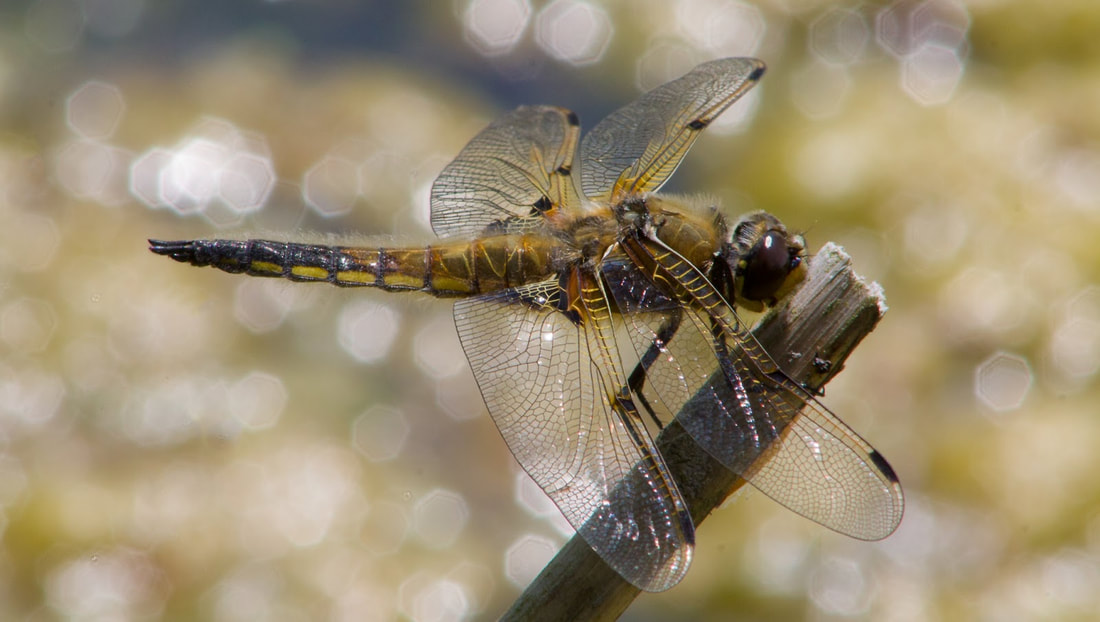
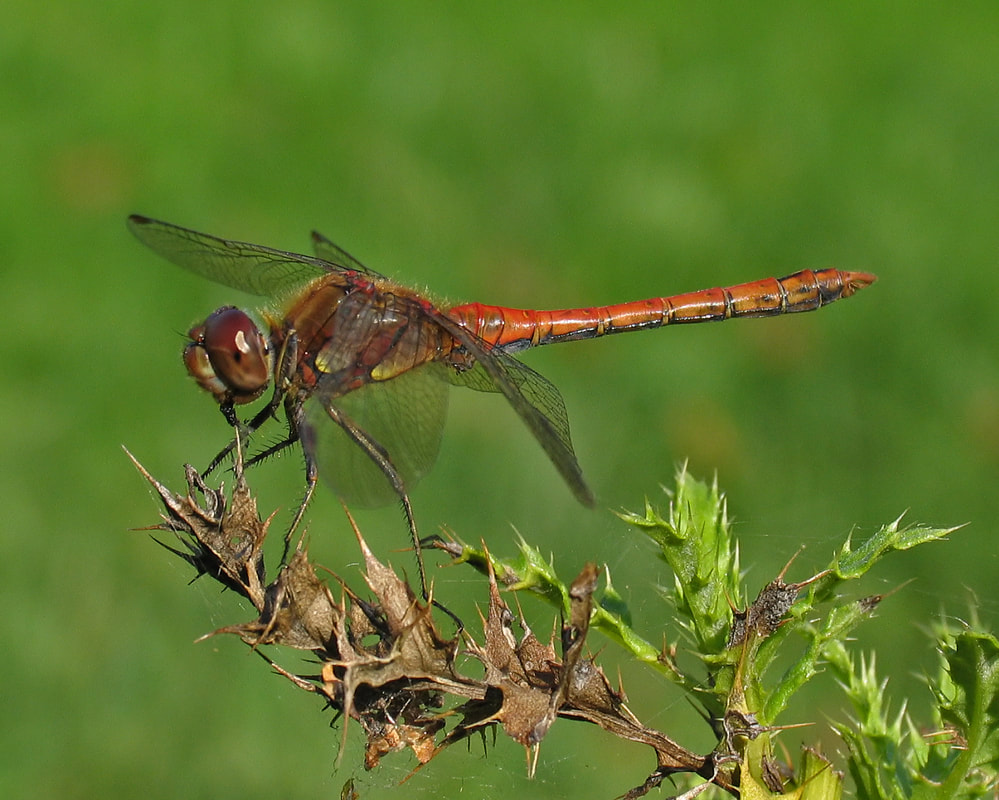
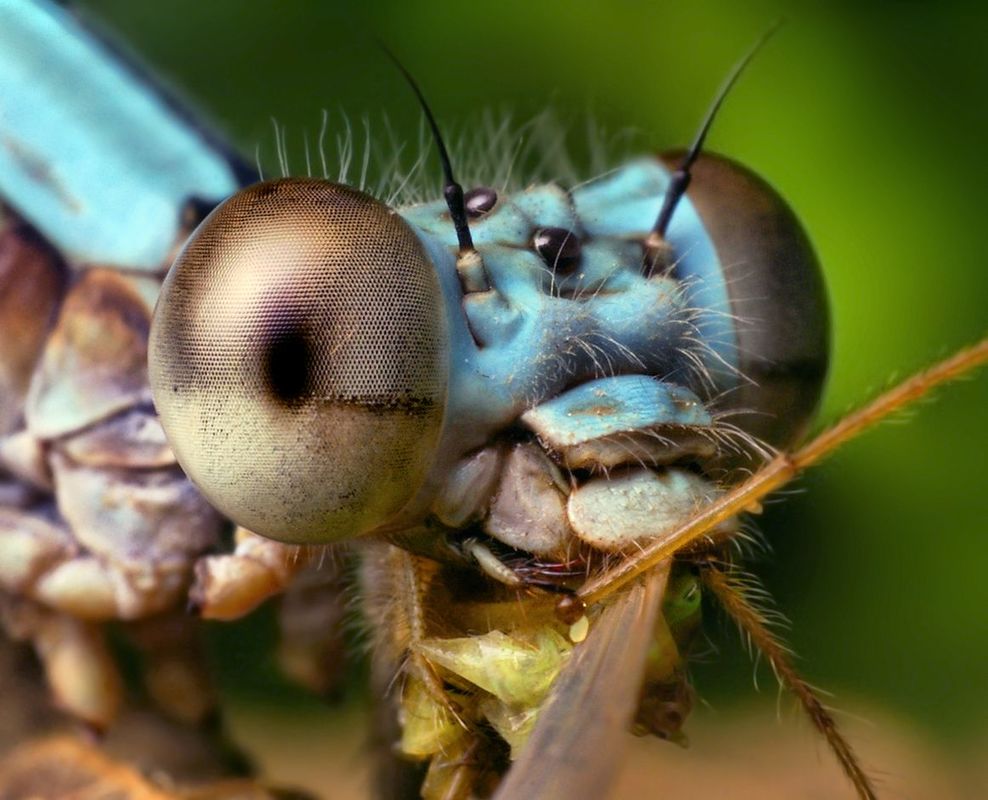
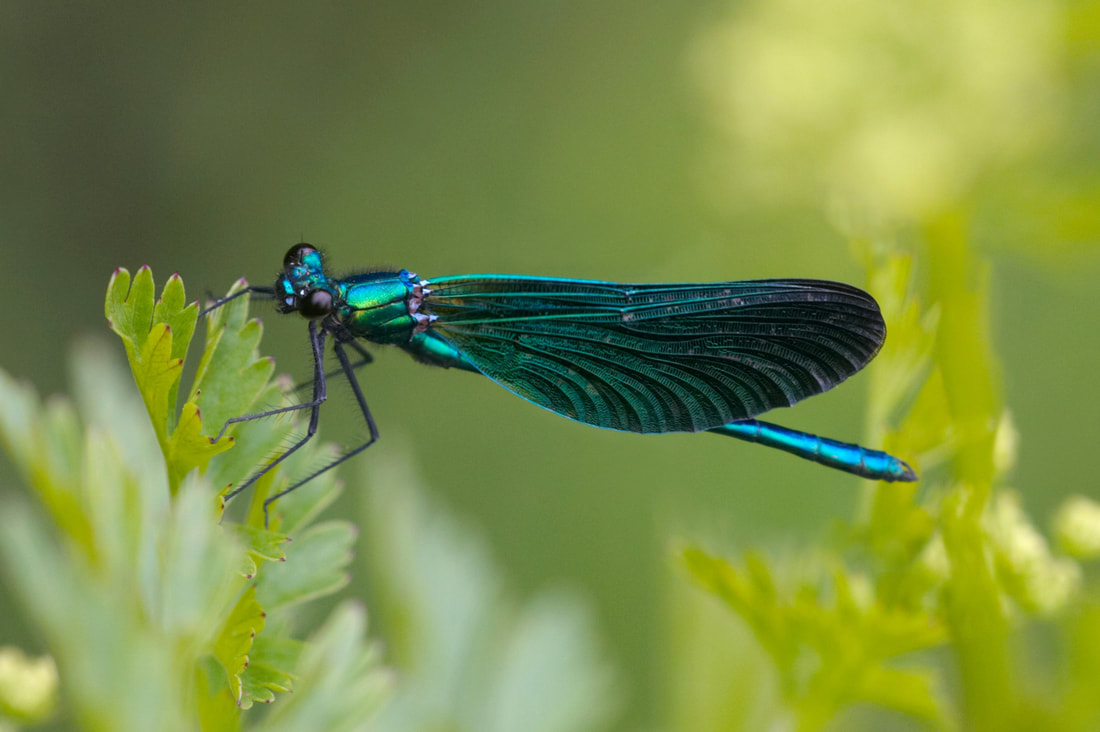
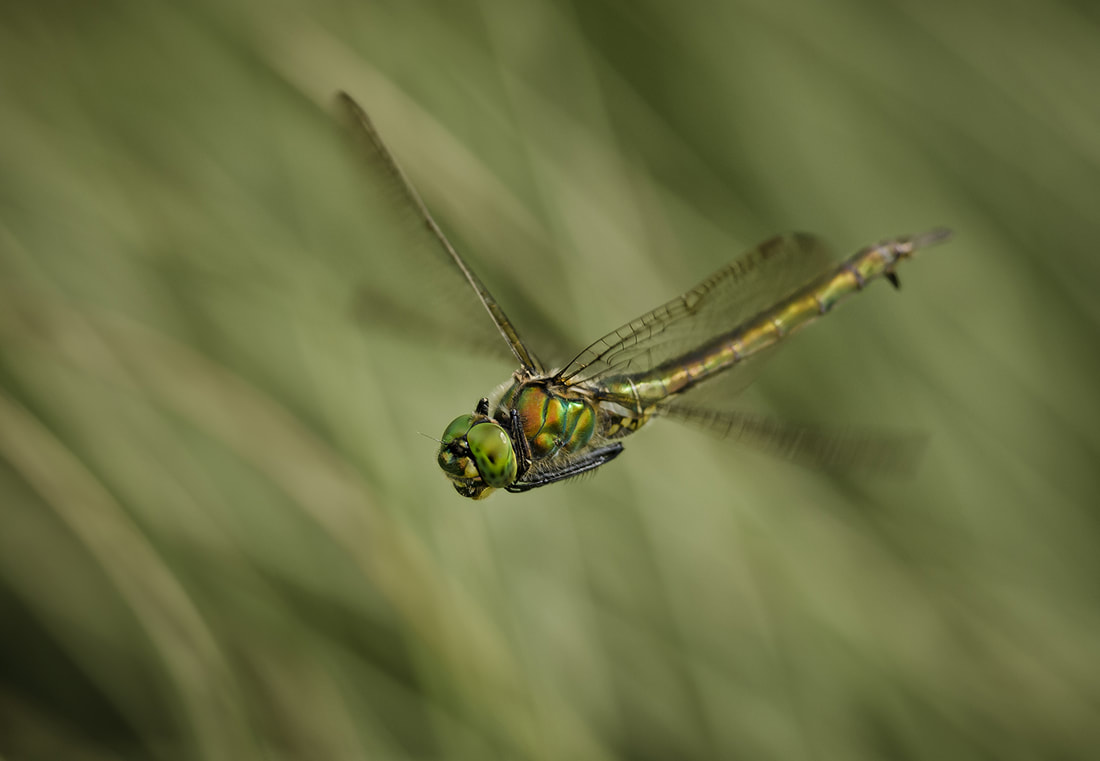
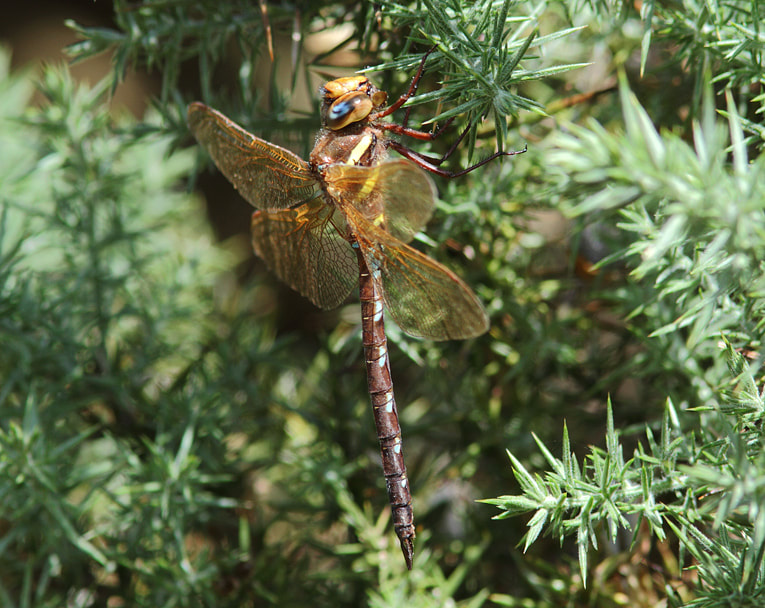
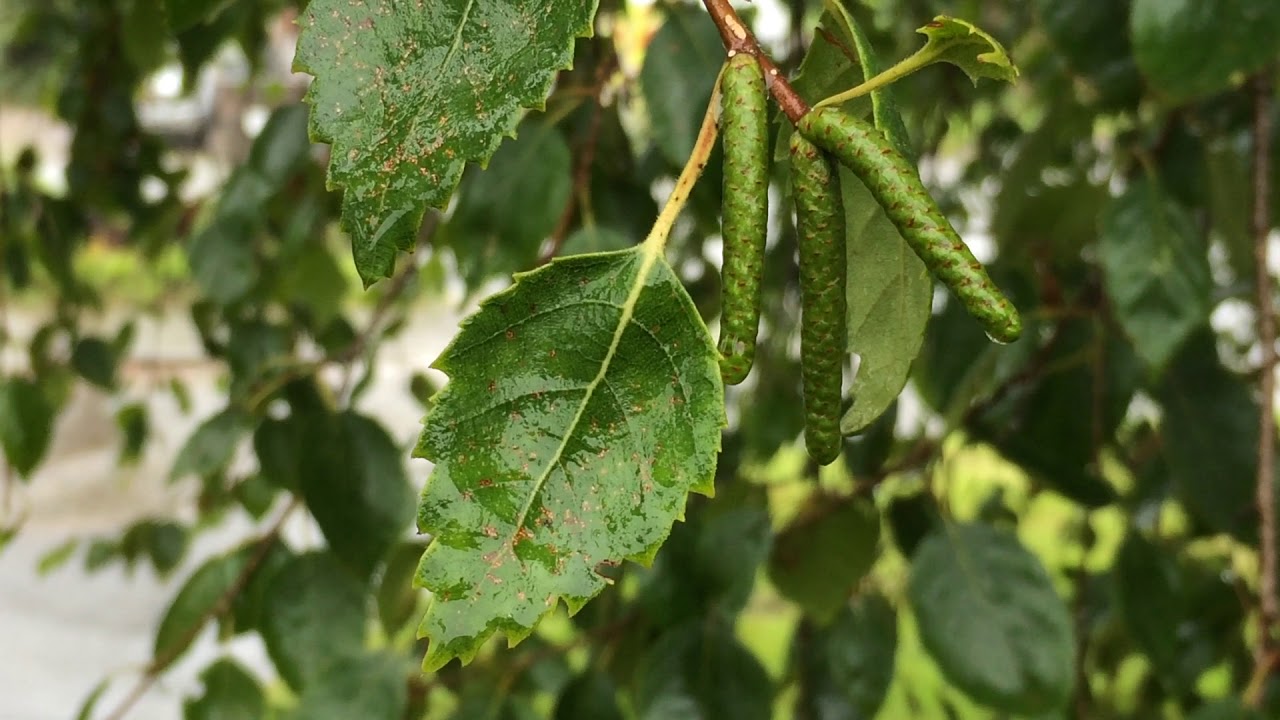
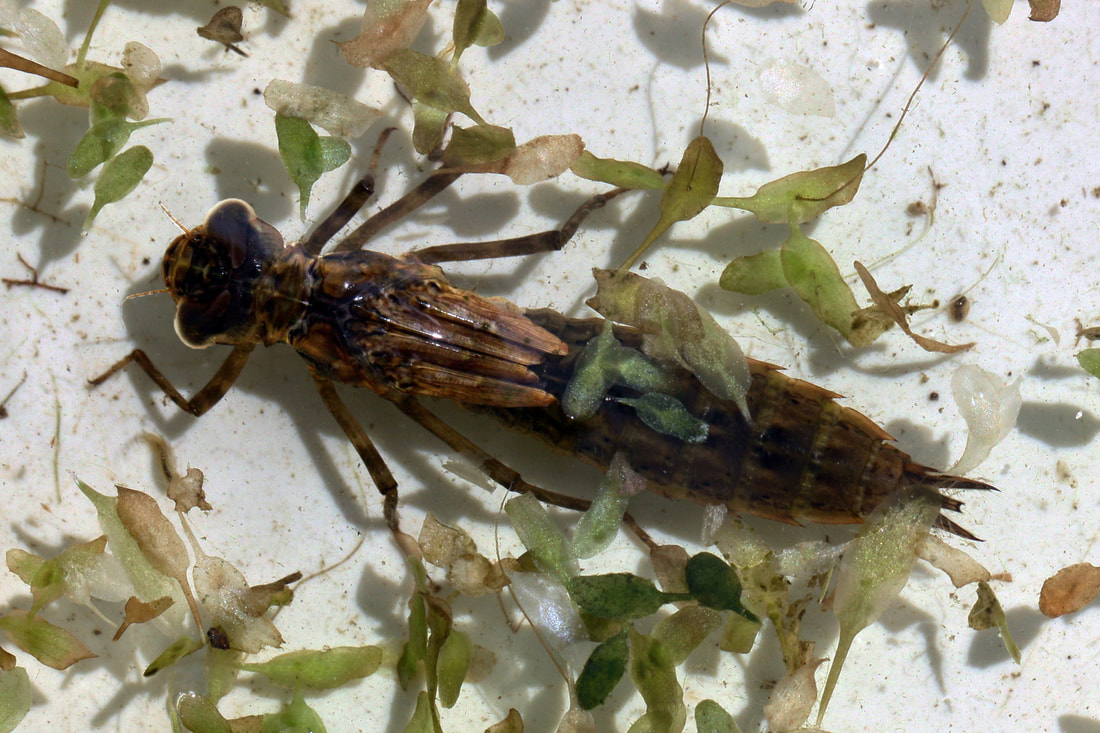
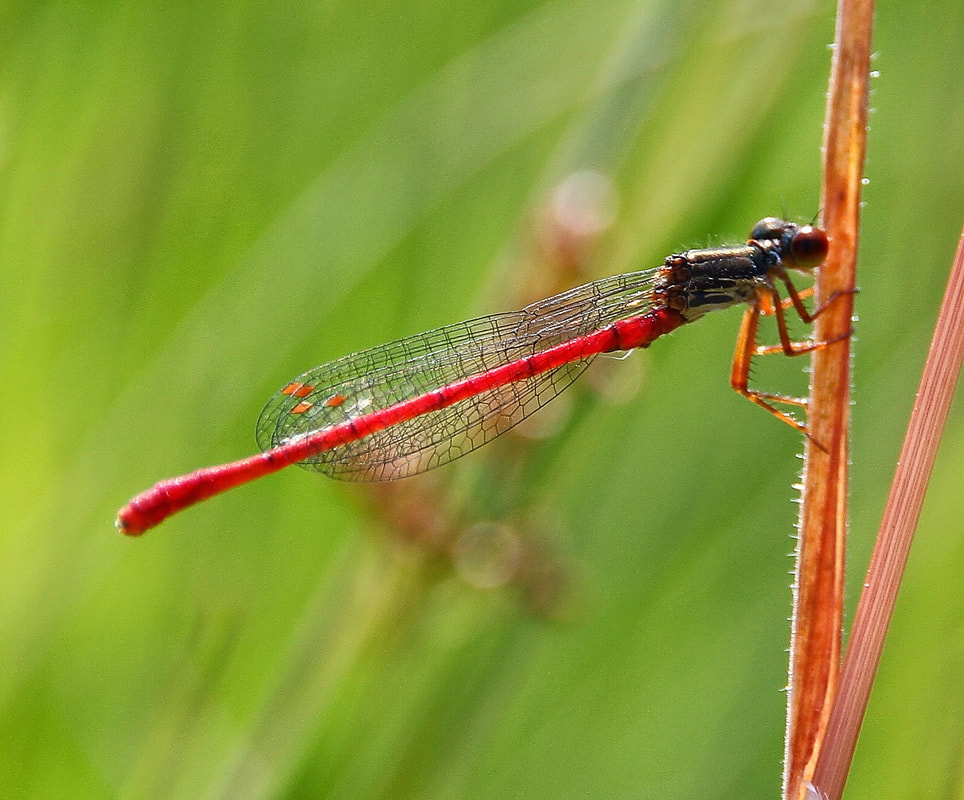
 RSS Feed
RSS Feed